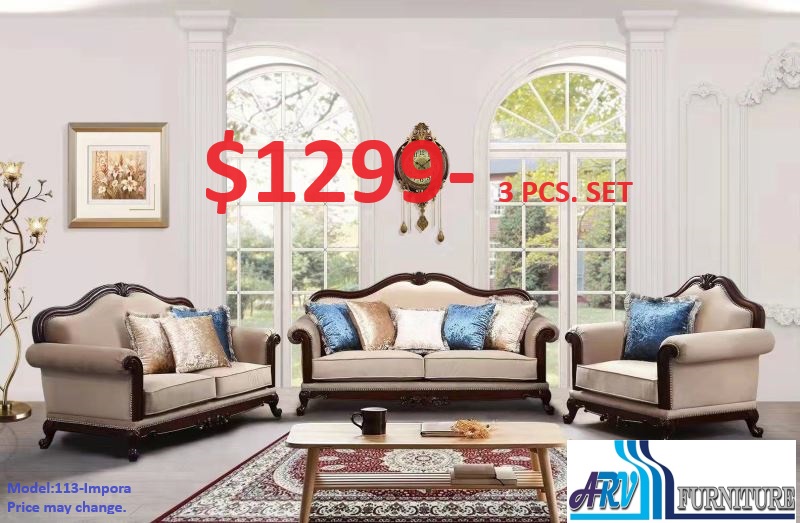
When mix and matching wood tones in furniture and decor, there are several key considerations to keep in mind to ensure a harmonious and visually pleasing result. Here are some tips:
Undertones: Pay attention to the undertones of each wood tone you’re working with. Some may have warm undertones (such as red or yellow), while others may have cool undertones (like gray or blue). Try to pair wood tones with similar undertones for a cohesive look.
Contrast: While matching wood tones can create a cohesive look, incorporating contrasting tones can add interest and depth to your space. Experiment with pairing light and dark wood tones or mixing warm and cool tones for visual contrast.
Balance: Aim for balance in your space by distributing different wood tones evenly throughout the room. Avoid clustering all of one type of wood in a single area, as this can create an imbalance and make the space feel disjointed.
Texture: Consider the texture of the wood in addition to its color. Mixing different textures, such as smooth finishes with rough or distressed finishes, can add dimension and visual interest to your space.
Use a Unifying Element: Introduce a unifying element, such as a rug, piece of artwork, or accent color, to tie together different wood tones in the room. This can help create a cohesive overall look and prevent the space from feeling too eclectic.
Sample Swatches: Before committing to a mix of wood tones, gather sample swatches or small pieces of wood to see how they look together in your space. This can help you visualize the final result and make any necessary adjustments before purchasing furniture or decor.
Consider the Style: Different wood tones may complement certain design styles better than others. For example, warm, rich wood tones often pair well with traditional or rustic styles, while cooler, lighter tones may suit modern or Scandinavian-inspired spaces.
Experiment: Don’t be afraid to experiment with different combinations of wood tones until you find the look that feels right for your space. Trust your instincts and go with what you love.
By keeping these considerations in mind, you can mix and match wood tones effectively to create a cohesive, visually appealing space that reflects your personal style.